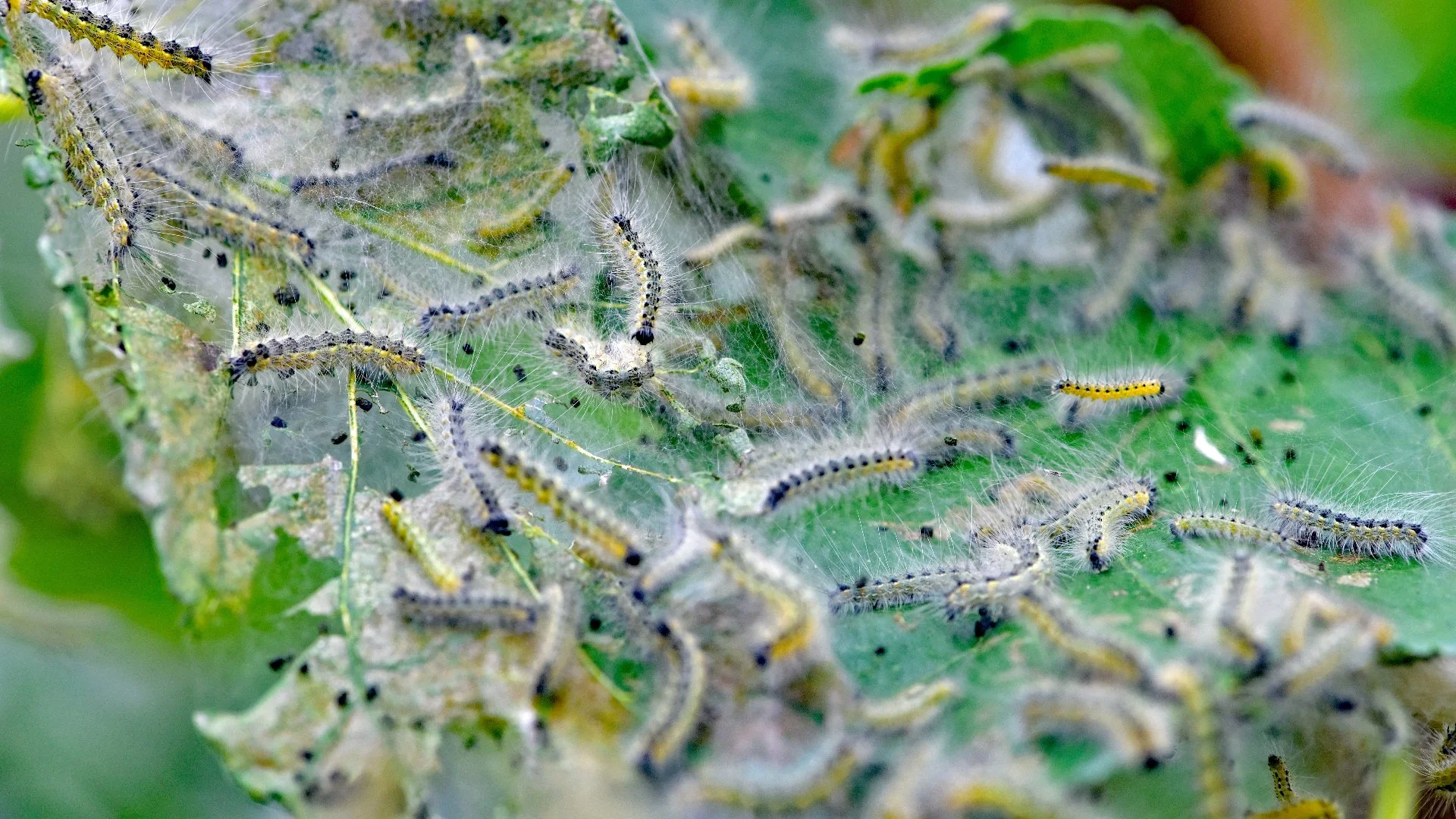Here in Texas, two common pests that can infest your trees and inflict damage to them are bagworms and webworms. Bagworms are caterpillars that construct protective bags on tree branches, while webworms create web-like nests. Bagworms typically devour evergreen foliage, while webworms target deciduous trees. To determine which pest you're dealing with, you should contact professionals. Swift action is crucial, as both can cause severe tree damage. Contacting professionals is the best course of action—they can accurately diagnose the issue and provide effective treatments, safeguarding your trees and maintaining the health of your landscape.
What are bagworms and what are the signs of them?

Bagworms are sneaky pests that can wreak havoc on your trees if left unchecked. These caterpillar-like insects are known for the distinctive bags they create to protect themselves and hide from predators. Identifying bagworm infestations early is crucial to protect your trees.
One of the most apparent signs of bagworms is the presence of these small, spindle-shaped bags attached to the branches of your trees. These bags are constructed from silk and bits of leaves, bark, and other debris. The bagworms themselves live inside these protective enclosures, emerging only to feed. You'll also notice that the foliage on your infested trees starts to thin out, and leaves may appear partially eaten.
Another way to spot bagworms is to look for their silk threads trailing from the bags. These threads often catch the wind, carrying bagworms to new trees, which can result in rapid infestations throughout your landscape.
What are webworms and what are the signs of them?

Webworms are another common pest that can target your trees, particularly during late summer and early fall. Unlike bagworms, webworms are social insects, and they build distinctive web-like nests in the branches of trees.
The most noticeable sign of webworms is the presence of these silken webs, which encase branches and leaves. These nests are often located at the tips of branches and can vary in size, with larger nests indicating a more advanced infestation.
Within these webs, you'll find clusters of caterpillars, the immature stage of webworms, feasting on the leaves and foliage. As they consume leaves, the damage becomes apparent as leaves turn brown, withered, or even completely skeletonized.
Contact pros ASAP if you think bagworms or webworms have infested your trees.
If you suspect that your trees are infested with either bagworms or webworms, it's essential to act quickly. Early detection and proper identification are crucial for effective treatment. Contacting professionals who specialize in pest control for trees is your best course of action.
Professional arborists and pest control experts have the knowledge and experience to determine which insect is infesting your trees. They will inspect the tree thoroughly, looking for signs such as the presence of bags or silk nests, the appearance of caterpillars, and the extent of the damage. Once they identify the pest, they can apply the appropriate curative treatment to eliminate the infestation.
Give us a call today to sign up for our bagworm or webworm control treatments.
If you suspect your trees have fallen victim to bagworms or webworms, we are the team to turn to. We provide our services to residential property owners in Plano, TX, and the surrounding regions like Allen, Frisco, and McKinney. Our proven curative treatments will put a stop to these pests so they can't continue to damage your trees! Give us a call at 972-516-0001 to schedule our webworm control or bagworm control treatments today! We look forward to hearing from you soon!







